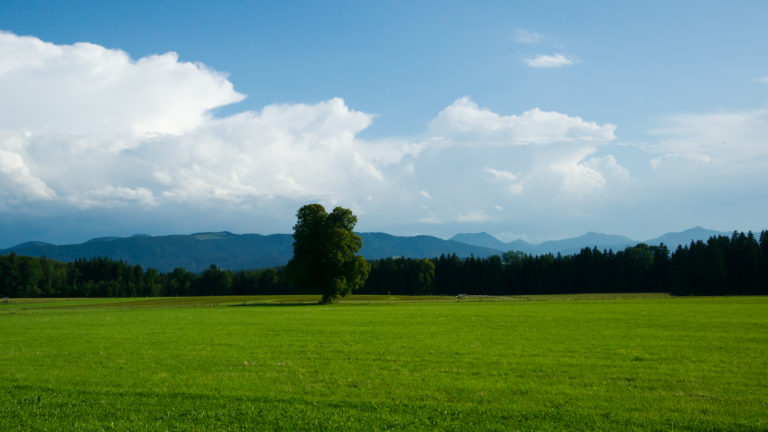50% Off First Application¹
Call 1-855-940-1479
and connect with a TruGreen consultant
What to Know About Starter Fertilizer
Every homeowner knows to use fertilizer regularly for a lush, healthy lawn. But did you know there are dozens, even hundreds, of different types of fertilizer? Starter Fertilizer is one such product designed t help your grass seed take root quickly and evenly.
Starter fertilizer is usually applied in liquid form (or is sometime sold as a powder you simply add water to.) Typical fertilizers contain some combination of three main nutrients: po tassium, nitrogen, and phosphorous. Starter fertilizer actually contains concentrated amounts of these nutrients that are “closer” together, making them easier to absorb.
As most grass seed applications occur in Spring or Fall, temperatures can still be cool and the soil quite moist. Starter fertilizer helps the grass absorb the needed nutrients even in these adverse growing conditions, leading to effective germination.

How is Starter Fertilizer Different From Regular Grass Fertilizer?
There are no hard and fast rules for what qualifies as “starter” fertilizer. Generally, starter fertilizer is different from regular grass fertilizer in the following ways:
- Starter fertilizer has less (or no) potassium relative to regular blends
- A hose with nozzle can be used to apply starter fertilizer whereas regular fertilizer is often sold as seeds or pellets
- Starter fertilizer can be more expensive than regular fertilizer
- Regular fertilizer can contain all kinds of micronutrients in addition to the three main nutrients needed by grass
How to Apply Starter Fertilizer to Your Lawn
First and foremost, determine whether or not starter fertilizer is necessary for your type of grass – it may not be worth the expense. Talk to a local nursery about your climate’s soil conditions and don’t forget to discuss a regular fertilization routine. In general, if you’re using seeds for a cool-season grass such as Fescue or Bluegrass, you will want to invest in a starter fertilizer.
Before you apply, determine if the climate is ripe for application. If your area’s had its last freeze of the year or you’ve just laid new grass seed, starter fertilizer is advised. Once you’re ready for fertilizer, choose your method. Though some starters are sold as granules, most lawn care professionals tend to prefer liquefied fertilizer for smoother application (unless your area gets a lot of rainfall which can dilute the fertilizer.)
If using pellets or granules, use a spreader to spread the mixture evenly on your lawn, walking from one side to the other. If using a hose and nozzle, do some simple math to calculate how much fertilizer you’ll need for your type yard, wait until your lawn is sufficiently in need of water, and spray liberally. It may be a good idea to break up your starter fertilizer into two batches: one more morning and one for night. Always avoid applying starter fertilizer on a day that calls for rain.
If you’re unsure how much fertilizer your lawn needs or whether or not your grass even needs starter fertilizer a local expert can help.


TruGreen will gladly visit your property as often as needed between scheduled visits to make any necessary adjustments and to ensure your satisfaction.
Getting Started with TruGreen
- Call or fill out the form above to reach a lawn care specialist.
- Know the square footage of your yard, as well as any specific areas of concern.
- With the help of your specialist, create a customized lawn care plan that meets your lawn’s needs.
- Schedule your Healthy Lawn Analysis2 to start your service.
